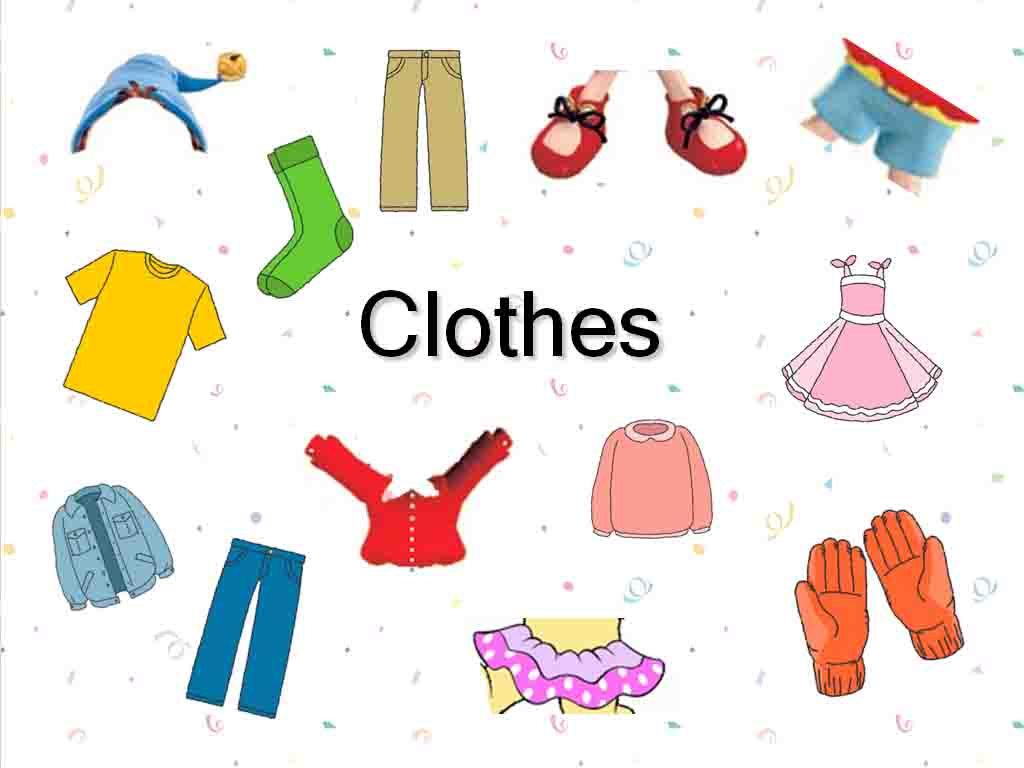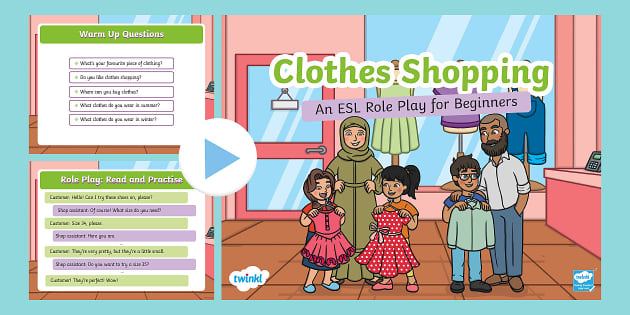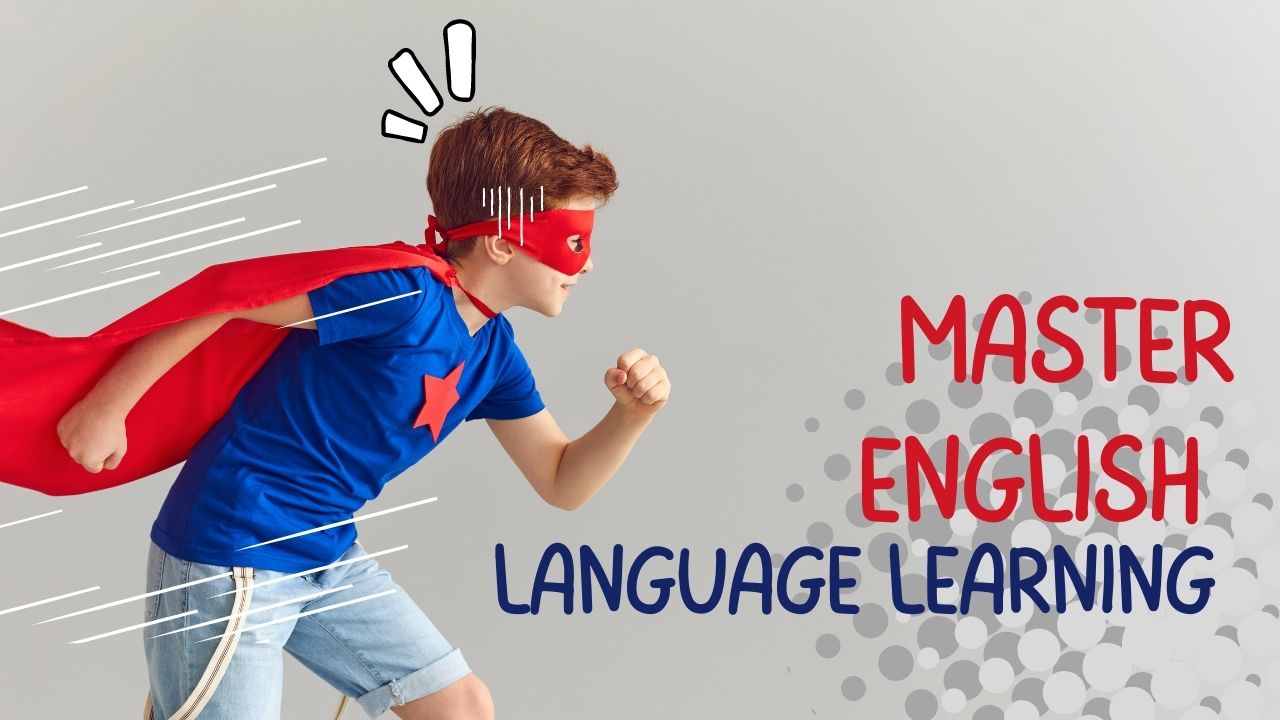The Power of Play: Utilizing Clothes Games to Enhance English Language Learning in 2025
Related Articles: The Power of Play: Utilizing Clothes Games to Enhance English Language Learning in 2025
Introduction
With great pleasure, we will explore the intriguing topic related to The Power of Play: Utilizing Clothes Games to Enhance English Language Learning in 2025. Let’s weave interesting information and offer fresh perspectives to the readers.
Table of Content
The Power of Play: Utilizing Clothes Games to Enhance English Language Learning in 2025

The landscape of language learning is rapidly evolving, with technology playing an increasingly prominent role. While traditional methods remain valuable, incorporating innovative approaches, like gamified learning, offers a compelling avenue for enhancing engagement and accelerating acquisition. Among the diverse range of gamified learning experiences, "clothes games" present a unique and effective means of bolstering English language proficiency, particularly in the context of 2025.
Understanding the Potential of Clothes Games
Clothes games, as the name suggests, leverage the familiar and relatable concept of clothing to engage learners in a playful and interactive manner. These games can encompass a wide spectrum of activities, ranging from simple vocabulary building exercises to more complex role-playing scenarios. The key lies in their ability to tap into the inherent human fascination with fashion and style, transforming language learning into a captivating and memorable experience.
Benefits of Clothes Games for English Language Learning
-
Vocabulary Enrichment: Clothes games provide a natural platform for introducing and reinforcing English vocabulary related to clothing, colors, patterns, sizes, and accessories. Games like "What’s Missing?" (identifying missing items from a clothing set) or "Dress-Up" (creating outfits based on given instructions) foster vocabulary acquisition through active participation.
-
Grammar and Syntax Development: Many clothes games integrate grammatical concepts into their gameplay. For instance, games involving describing outfits or creating dialogues about clothing purchases necessitate the use of correct tenses, prepositions, and adjectives, thereby solidifying grammatical structures in a fun and engaging way.
-
Cultural Understanding: Clothing often serves as a window into cultural nuances. Clothes games can incorporate elements of fashion trends, cultural attire, and social norms associated with different countries, providing learners with valuable cultural insights and broadening their understanding of the English-speaking world.
-
Enhanced Communication Skills: Games that involve role-playing scenarios, such as shopping for clothes or attending a fashion show, encourage learners to practice their speaking and listening skills in a safe and supportive environment. This interactive approach fosters confidence and fluency, allowing learners to apply their language skills in real-world contexts.
-
Increased Motivation and Engagement: The inherent fun and playful nature of clothes games significantly enhances motivation and engagement. By transforming language learning into a captivating experience, these games combat boredom and encourage learners to actively participate, ultimately leading to more effective and lasting learning outcomes.
Examples of Clothes Games for English Language Learning in 2025
-
Virtual Fashion Show: Learners can create virtual avatars, choose outfits from a digital wardrobe, and participate in a virtual fashion show. This game can incorporate vocabulary related to clothing, accessories, and fashion styles, as well as grammar concepts like comparative adjectives and descriptions.
-
Interactive Clothing Store: Learners can navigate a virtual clothing store, browse items, ask for specific sizes and colors, and make purchases. This game promotes communication skills, vocabulary related to shopping, and negotiation skills.
-
Fashion Blog Challenge: Learners can create a fashion blog, write articles about clothing trends, and share their fashion tips. This game encourages writing skills, vocabulary related to fashion, and creativity.
-
Dress-Up Augmented Reality Game: Learners can use augmented reality technology to "dress up" virtual characters or themselves in real-time. This game provides a highly interactive and engaging experience, encouraging vocabulary acquisition and creativity.
-
Clothing Matching Game: Learners can match different clothing items based on color, size, style, or occasion. This game reinforces vocabulary, visual recognition skills, and categorization.
FAQs about Clothes Games for English Language Learning
Q: Are clothes games appropriate for all age groups and learning levels?
A: Yes, clothes games can be adapted to suit various age groups and language proficiency levels. Simple games with basic vocabulary and grammar can be used for younger learners or beginners, while more complex games with advanced vocabulary and grammar can be used for older learners or advanced students.
Q: How can clothes games be incorporated into traditional language learning environments?
A: Clothes games can be integrated into classroom activities, online learning platforms, or even used as supplementary material for homework assignments. Teachers can create their own games or utilize readily available resources.
Q: What are the technological requirements for implementing clothes games?
A: While some clothes games can be played offline using simple materials, others may require access to computers, tablets, or smartphones with internet connectivity. The technological requirements will vary depending on the specific game chosen.
Q: How can clothes games be made more engaging and effective?
A: Incorporating elements of competition, collaboration, and personalization can enhance engagement. Games can be designed to encourage teamwork, provide individual feedback, or allow learners to customize their avatars or outfits.
Tips for Utilizing Clothes Games for English Language Learning
-
Choose games appropriate for learners’ age and language level.
-
Set clear learning objectives for each game.
-
Provide sufficient vocabulary support and scaffolding.
-
Encourage learners to actively participate and interact with each other.
-
Provide regular feedback and opportunities for review.
-
Adapt and modify games to suit learners’ interests and needs.
-
Integrate clothes games into a broader language learning curriculum.
Conclusion
Clothes games offer a dynamic and engaging approach to English language learning, providing a unique platform for vocabulary acquisition, grammar development, cultural understanding, and enhanced communication skills. By tapping into the inherent fascination with fashion and style, these games transform language learning into a captivating and memorable experience, fostering greater motivation, engagement, and ultimately, more effective learning outcomes. As technology continues to evolve and the demand for innovative learning experiences grows, clothes games have the potential to play a significant role in shaping the future of English language education in 2025 and beyond.








Closure
Thus, we hope this article has provided valuable insights into The Power of Play: Utilizing Clothes Games to Enhance English Language Learning in 2025. We hope you find this article informative and beneficial. See you in our next article!